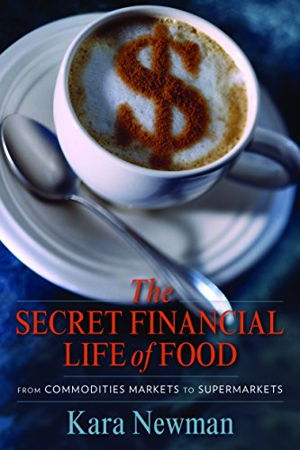
PublishedColumbia University, November 2014 |
ISBN9780231156714 |
FormatSoftcover, 208 pages |
Dimensions21.6cm × 14cm |
One morning while reading Barron's, Kara Newman took note of a casual bit of advice offered by famed commodities trader Jim Rogers. "Buy breakfast," he told investors, referring to the increasing value of pork belly and frozen orange juice futures. The statement inspired Newman to take a closer look at agricultural commodities, from the iconic pork belly to the obscure peppercorn and nutmeg.
The results of her investigation, recorded in this fascinating history, show how contracts listed on the Chicago Mercantile Exchange can read like a menu and how market behavior can dictate global economic and culinary practice. The Secret Financial Life of Food reveals the economic pathways that connect food to consumer, unlocking the mysteries behind culinary trends, grocery pricing, and restaurant dining. Newman travels back to the markets of ancient Rome and medieval Europe, where vendors first distinguished between "spot sales" and "sales for delivery." She retraces the storied spice routes of Asia and recounts the spice craze that prompted Christopher Columbus's journey to North America, linking these developments to modern-day India's bustling peppercorn market.
Newman centers her history on the transformation of corn into a ubiquitous commodity and uses oats, wheat, and rye to recast America's westward expansion and the Industrial Revolution. She discusses the effects of such mega-corporations as Starbucks and McDonalds on futures markets and considers burgeoning markets, particularly "super soybeans," which could scramble the landscape of food finance. The ingredients of American power and culture, and the making of the modern world, can be found in the history of food commodities exchange, and Newman connects this unconventional story to the how and why of what we eat.

